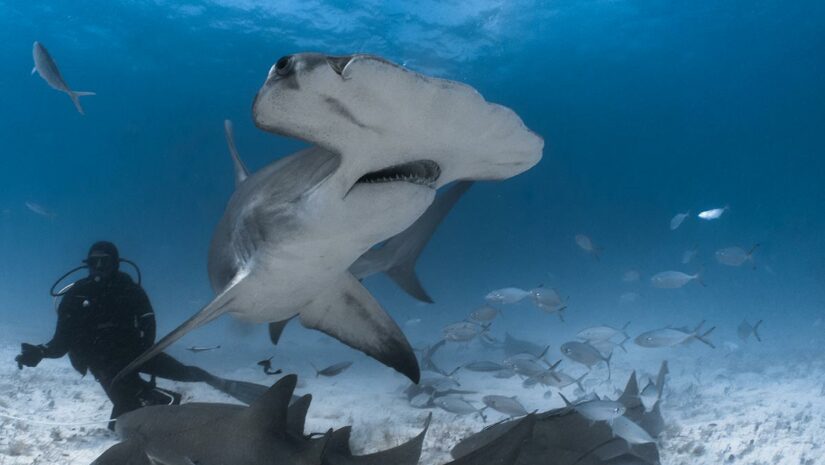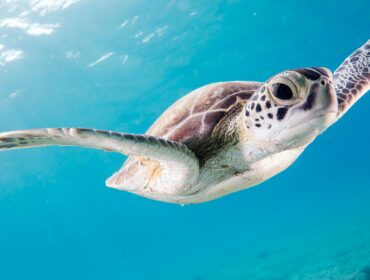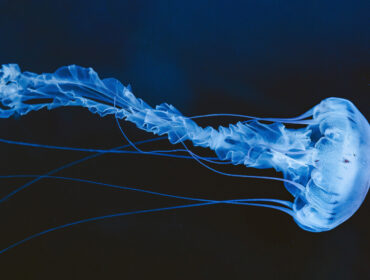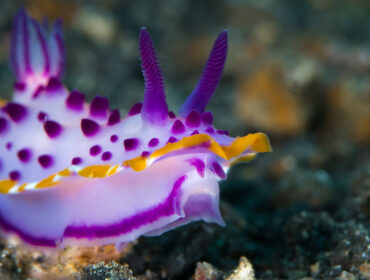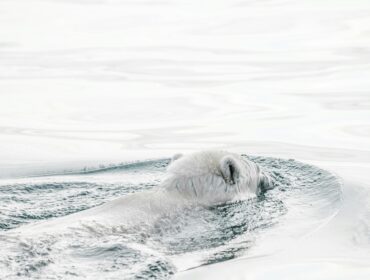With close to 450 different species of Sharks that inhabit the oceans, sooner or later a Scuba diver is bound to spot one. To some of us spotting a shark on a dive is a great thrill and to others our worst nightmare. We have compiled a list of some of the more common and interesting shark species to help better identify these intimidating yet magnificent creatures.
Black Tip Reef Shark
One of the more common sightings on a reef dive is the Black-Tip Reef Shark which are found in the shallow coral reefs of tropical waters primarily in the indo-pacific. With a brownish skin color, the tips of the shark’s pectoral fin and dorsal fins are black, with a white underside. It has been recorded at up to 2 m (6.5 ft) in length and over 99 lbs (45 kg) in weight. Black tip reef sharks feed mainly on reef fish and are not known to attack divers.
White Tip Reef Shark
Also a frequent sighted shark, Whitetip reef shark are also found along the indo-pacific coral reefs and sometimes as far east as south Africa and Central America. The Whitetip shark grows up to 1.6m (5.2ft) in length and is easily recognizable by its white-tipped dorsal and caudal fins. Living off a diet of fish, crustaceans and octopus, this species hunts mainly at night and are seldom aggressive towards humans.
Nurse Sharks
Are found in the shallow tropical and sub tropical waters of the western Atlantic and eastern Pacific regions. Nurse Sharks can grow to a length of 4.3 meters (14ft) and is recognizable by its distinctive mouth which is far ahead of its eyes and made for bottom-feeding. Nocturnal by nature these sharks feed on crustaceans, mollusks stingrays and other fish. Nurse sharks typically attack humans only if directly threatened.
Whale shark
These colossal creatures grow to a length of 20m and weigh up to 12,000 Kg feeding off zooplankton, squid and small fish. Found in all temperate and tropical regions, whale sharks are instantly recognizable by its distinct spotted and striped body and wide mouth. Whale sharks are gentle giants and are very popular with divers that enjoy observing and swimming alongside these creatures while feeding. This species, despite its size, does not pose any significant danger to humans.
Blue Shark
All sharks swim very fast, but the blue shark is the fastest. These slender looking blue-skinned sharks can grow up to 12 feet long (4 meters). Inhabiting mainly the tropical and temperate waters of the ocean, the Blue shark is highly migratory. Its diet is mainly composed of squid and small bony fishes. The blue shark is considered to be one of the more dangerous sharks. It has been known to attack humans, which makes it one of species of shark that people most fear, however according to Wikipedia only 4 recorded Blue Shark fatalities have been recorded as of 2008.
Hammerhead Sharks
The most unique species of shark and also one of the more recognizable ones is the Hammerhead shark. Growing to a length of up to 6 m (20ft),it is known for its flat hammer shaped snout. Hammerheads inhabit temperate waters across the world ranging from southern Canada to New Zealand. Known to possess especially well developed electro-receptors for hunting, hammerheads feed on a variety of fish and bottom dwelling creatures. There have been reported cases where Hammerhead sharks have attacked humans which are why they are feared.
Bull Sharks
Often confused with the great white shark, the bull shark is amongst the top three most dangerous sharks roaming in our oceans. The bull shark has a short, wide, rounded snout and plumper bodies. Bull sharks are known for their aggressive behavior and the fact that they can live in both freshwater and saltwater. They can live in rivers, estuaries and some lakes in Central America. In fact, some have been found as far as 3000 km up the Amazon and Mississippi rivers. Bull Sharks feed on a wide variety of creatures including turtles, dolphins, seabirds and even other sharks.
Sand Tiger Sharks
Sand Tiger Sharks are also known as Grey nurse sharks are rather slow moving sharks and not aggressive to humans unless provoked. It grows to a length of 3.2 m (about 10.5 ft) and is identifiable by its grey back and white underside. Found in the coastal waters of tropical and temperate regions, Sand Tiger sharks feed primarily on bony fishes including mackerels, other sharks and rays, squids, crabs and lobsters.
Tiger Sharks
Tiger sharks are perhaps most well known for their aggressive natures and bad reputation as a threat to humans. Second to the Great White, the Tiger Shark is responsible for the second highest number of fatalities related to shark attacks. Growing to a length of 5 meters and reaching a weight of almost 700kg tiger sharks will eat almost anything. They have been known to feed on whales, squid, fish, and turtles and even seabirds.
Great White Sharks
The big daddy of all sharks and also the most feared predator of the seas, the Great White like the Tiger Shark will feed on anything. Averaging about 4 to 6 m (13 to 20 ft) Great Whites diet mainly comprises of seals, dolphins, whale carcasses, seabirds, turtles, squids and other sharks. The Great White Shark is found near the coasts of California, Australia and South Africa. Known to be responsible for almost 10 human fatalities a year, diving with Great Whites must be performed only with highly experienced divers and from the safety of a shark cage.

